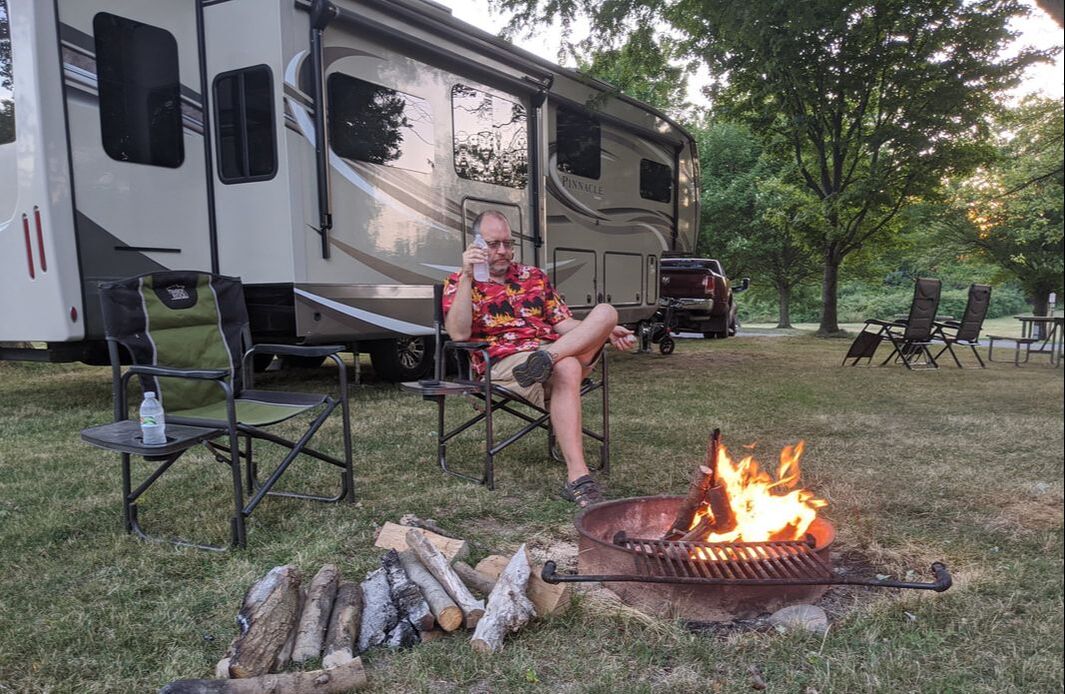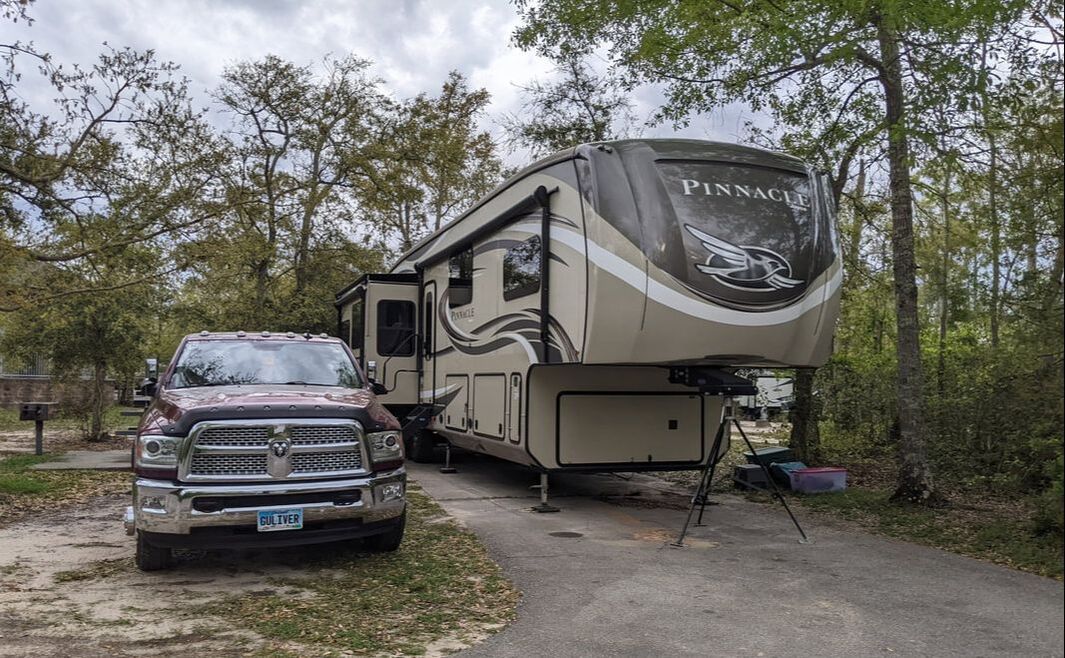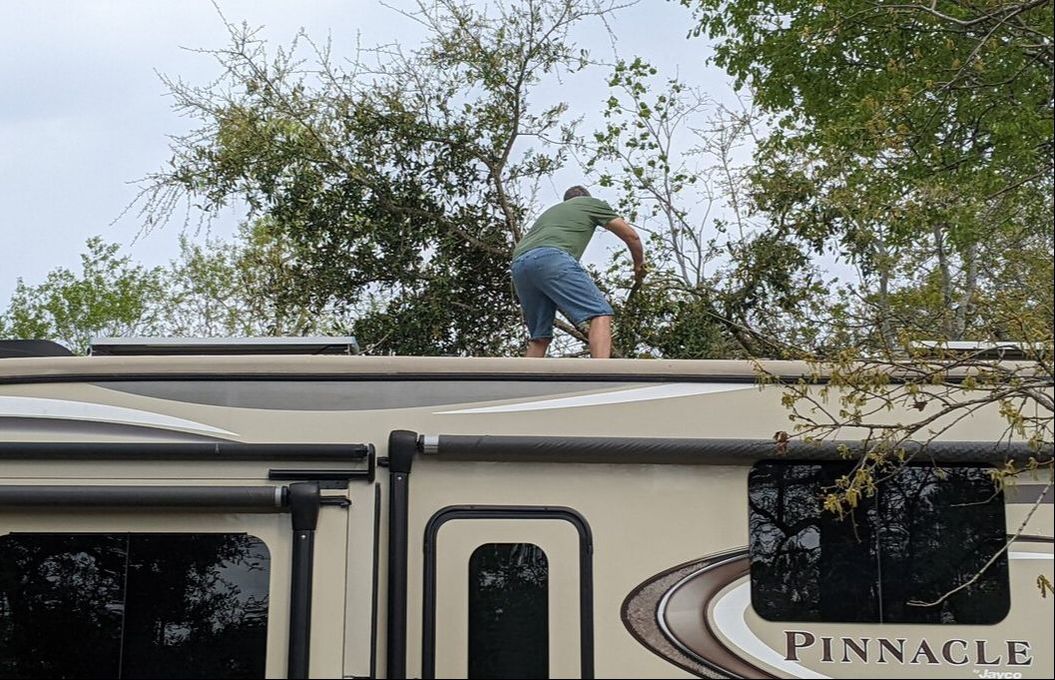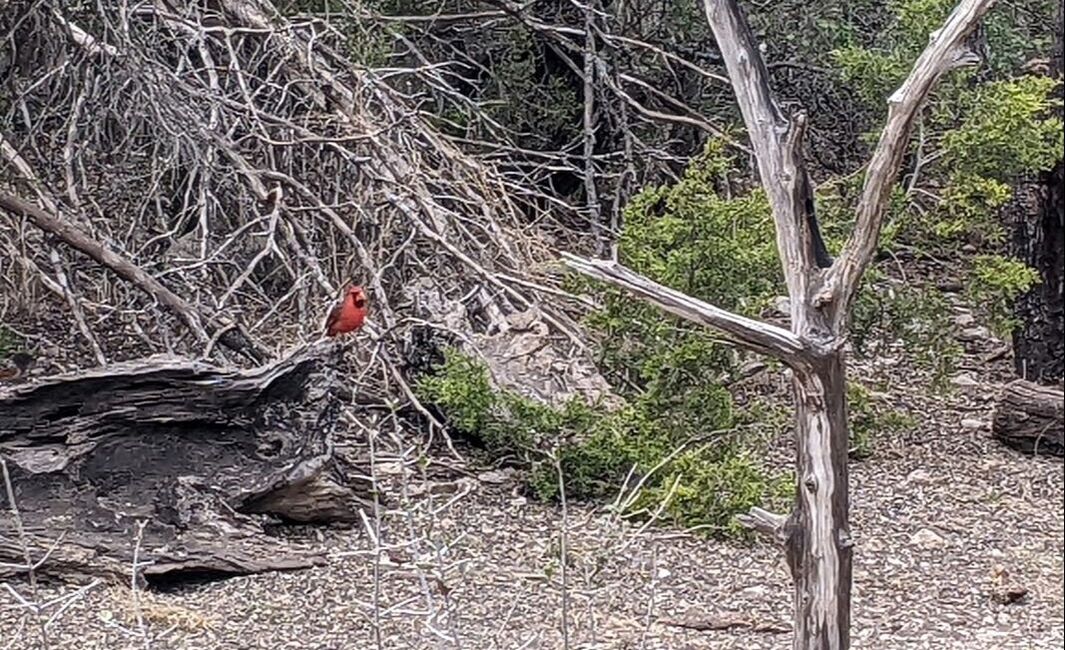|
We stay at a lot of different places as we travel the country, from the property of friends and family to rest areas and Walmart parking lots to forest and Bureau of Land Management (BLM) land to established campgrounds. Not all campgrounds are created equal. They can range from primitive, dirt parking spots with no hookups to wide concrete pads with full hookups — water, electricity, and sewer. One of our favorite types of campgrounds to stay at are state parks, but they can leave much to be desired too. What is a state campground? A state campground is an amenity offered by many state parks, which are areas set aside or preserved for their history, natural beauty, or recreation. Unlike federal parks, which fall under the administration of the federal government, state parks are controlled by the local state government. More than 8,500 state parks with more than 200,000 campsites span the country, according to America’s State Parks. Although most state parks came into existence in the 1930s, some in New York and Pennsylvania date back to the 1880s. In 1933, as part of his New Deal, President Franklin D. Roosevelt established the Civilian Conservation Corps to put unemployed 18- to 25-year-old single men to work to improve America’s public lands. Their work included planting billions of trees, constructing trails and shelters, and establishing more than 800 state parks. Let’s look at four pros and two cons of state campgrounds, starting with the cons. Con 1: Not Built for Big Rigs Nearly 100 years ago, when most state parks were built, the big-rig RVs people drive and live in today didn’t exist. With a few exceptions, the travel trailers of yesteryear were less than 20 feet long and not much taller than the vehicles pulling them. Today, trailers and motorhomes come in all shapes and sizes. The largest stretch 45 feet long, reach 13 feet, 6 inches tall, and span 8 feet, 6 inches across. Because state parks were built with smaller rigs in mind, they have narrow roads with tight turns that can be difficult for big rigs to maneuver. In fact, it was at a state park in Michigan that Gulliver needed a tow because we got stuck while trying to park our rig. In addition, parking pads tend to be short and narrow. We encountered some parks where the max RV length allowed was 40 feet. Our rig stretches nearly 42 feet. If you can find a campground with a long enough parking pad — and they do exist — truck or toad vehicle parking can be a challenge. Con 2: Trees in Need of Trimming Because of state parks’ ecological nature, and because they weren’t created for today’s supersized rigs, campgrounds in wooded areas tend to have low-hanging trees. With all the people camping these days, rangers don’t seem to prioritize trimming trees to make it easier for rigs to get in and out of campsites. They have many other things to tend to. The roof of our 13-foot, 3-inch tall fifth wheel is a rubber membrane. If it comes in contact with prickly branches, they can poke holes in it. And that’s happened more than once. Many times, we have to crawl up on top of the roof and trim trees to prevent damage during wind or storms. Pro 1: Economical Price Despite those drawbacks, the economic value is what draws us to most state campgrounds. They usually average between $20 and $30 per night, depending on the area and amenities. Compared to an RV resort that can charge more than $50 a night, state campgrounds win for us, hands down. We’re very careful to research the campground and look at its satellite view on Google Maps to choose spots that can best accommodate our rig. Pro 2: Hookups and Bath Houses Most, but not all, state campgrounds offer at least water and electricity hookups. If they don’t offer sewer hookups as well, they contain a dump station so RVers can empty their black and gray tanks before departing. In addition, most state campgrounds feature bath houses with flushable toilets, sinks with running water, and showers. These are a boon for tenters and for RVers with limited tank capacity. You may even find laundry facilities at a state campground. Pro 3: Trails and Activities Because state campgrounds are part of state parks, they typically include trails for visitors to explore nature. Campers can get out and enjoy room to roam. We often hop on our little electric bikes to explore state campgrounds. Most provide a playground for kids. Some have access or at least close proximity to lakes, rivers, or the ocean. Some even offer organized activities, such as lectures about wildlife in the area. We stayed at a state campground in central Texas that contained bird blinds with seating for visitors to watch birds through plexiglass. The other side of the plexiglass comprised natural foliage, water features, and platforms where rangers would lay out seed to invite the birds to linger. One of the best things about state parks is that they include plaques and information about the history of the area. At a state park near Dallas, we learned about and explored buildings and old machinery left over from an 1800s farm. Another state park informed us about turkey roosts.
Pro 4: Online Booking We’ve encountered numerous campgrounds that don’t have an online presence. To book a reservation, you have to call. We did that to stay at a beach campground near Corpus Christi,Texas. But, more often than not, no online booking option is a no-stay for us. State campgrounds have interconnected online booking availability through reserveamerica.com. That means with one username and password, we can book reservations at state campgrounds across the country. That convenience makes it easy for us to book at our leisure, even if it’s after traditional open hours. Although state campgrounds aren’t ideal for today’s big rigs, the pluses they offer keep us going back. We just have to be particular and intentional about the campgrounds and campsites we choose.
5 Comments
Michael T Martin
4/4/2022 09:05:57 am
Go tour the battle ship. While you are there; think; This huge monster of a boat was built in the 1940's. More than 80 years ago, pre computer/cellphone/calculator. The engineering and building of this huge ship was done by hand. Every piece, huge and small was touched and crafted by patriots attempting to keep Hitler and the Japanese Emperor from our USA. It's really an emotional tour if you think about the men and women who served back in the day when everyone was worried about which foreign language was going to be the norm post-war.
Reply
Betty Schoen
6/15/2022 07:52:47 am
That is a fascinating story, Michael. I love touring military craft, both naval and air. My husband and I really loved touring the air craft carrier that is housed in San Diego, getting to see how navy staff lived and worked on that ship. Thank you for your contribution!
Reply
Jan
4/4/2022 03:38:20 pm
Very informative. I enjoyed the pictures.
Reply
Eva L GURNEY
4/6/2022 11:22:00 am
Looks like you have a little time to relax after your set up.
Reply
Betty Schoen
6/15/2022 07:53:46 am
Loved all the info about state park camping areas! Who knew? not me.
Reply
Leave a Reply. |
AuthorThis is the travel blog of full-time RVers Bob and Lana Gates and our truck, Gulliver, and fifth wheel, Tagalong. Categories
All
Archives
July 2024
|




 RSS Feed
RSS Feed